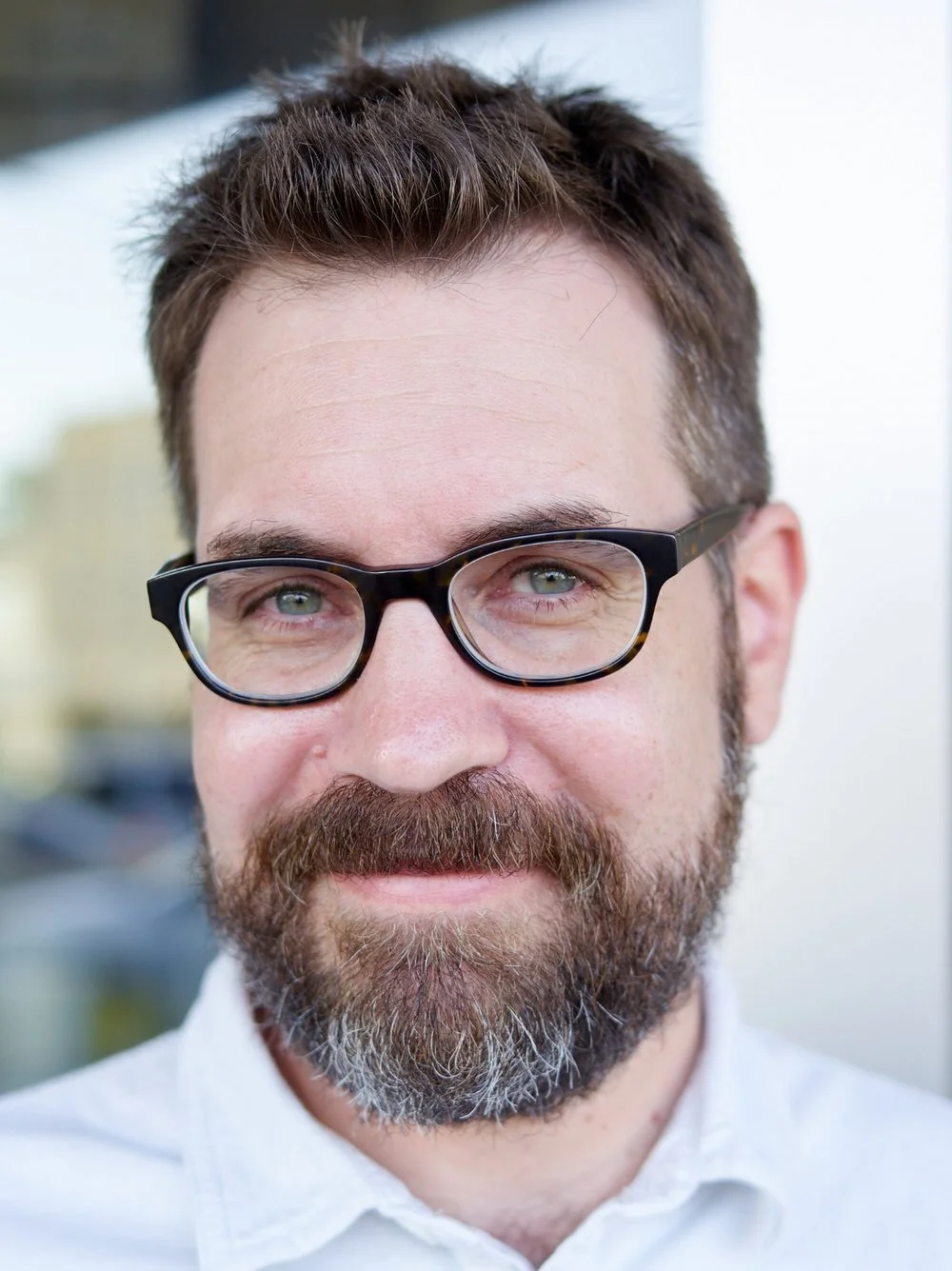In this essay, Amy Baik Lee takes an honest look at the two writers inside her: the one seeking recognition of her art versus the one who surrenders her art to Christ. Lee, a co-director of the Anselm Society Arts Guild, first presented the essay at the Anselm Society's 3rd annual Rocky Mountain Artists Retreat on September 20, 2019.
Forsaking the Second Writer
In his book The Poetry Home Repair Manual, Poet Laureate Ted Kooser writes:
There is an essential difference between being a poet and writing poetry. There are, in a sense, two poets, the one alone writing a poem and the one in the black turtleneck and beret, trying to look sexy. . . . At the beginning, too often it’s the idea of being a poet that matters most. . . . It’s the attention you want, as [a poem I wrote] says, ‘all of them listening to you.’ And then you grow old and, if you are lucky, grow wise…
Today I read poems, I write poems… Yet there are still the two poets present, the one who quietly concentrates on perfecting the poem and the one who wants more than anything else to be celebrated and adored. I’m delighted and nourished by the first poet and embarrassed by the second.” 1
Around the age of seven or eight, I sent my first writing submission in to Highlights magazine. It was a poem—a poem with a proper rhyme scheme and number of metrical feet per line, and it was meant for a two-page spread they had with crayon drawings, poems, and jokes showcasing contributions from their readers. A particular verse about the sun by a four-year-old had emboldened me to try my hand at poetry.
It was my first taste of writerly exhilaration, and it was my very first rejection.
I no longer write poetry regularly—and it’s not the fault of the Highlights editorial staff—but if you had asked that seven-year-old me then or at any time in the decades to follow what my greatest obstacle would be in writing, I probably would have said rejection, or discouragement, or a lack of inspiration.
I would never have guessed it could be me—or more specifically, my second writer: the one who thinks about how I want to be perceived.
Today, I mostly write narrative nonfiction pieces. Aside from some past editorial work, my contributions have appeared in other people’s books twice to date. One is an anonymous anecdote in a Beth Moore book, and one is a quotation of a joke that I once sent in to Reader’s Digest—hardly the stuff of #writinggoals. (On the other hand, the joke earned me a check for $100, and I’ve since realized that, on a dollar-per-word basis, I’ve likely passed the apex of my writing career, and it’s all downhill from here.)
But the reason I mention these, short of completely undermining my credibility, is that I have always dreamed of writing and publishing a book. I think I assumed I would do it someday, and I assumed it would bring me validation as a writer, as an artist.
Black Turtlenecks and Berets
A few years ago, I met with a writer friend, prepared to meet with an agent, and drafted two book proposals. I was told to build my platform, find my hook, and consider where I fit within the market of books written on similar topics.
But as I started looking more closely at the books I loved, the ones whose qualities and voices wanted to imitate, I also began looking more intently at the lives of their authors—and I found something a little unsettling within. Yes, I wanted to learn how to make my writing excellent from these authors, but a part of me simply wanted to be viewed the way they were.
This was the validation I sought, the cloth from which I cut my black turtleneck and beret: I wanted to draw readers in with the romantic rationalism of Lewis, to move my listeners with beauty the way Tolkien’s hobbits were moved by the Elves, to have as much poignant insight into interpersonal struggles and inner sufferings as Chaim Potok. I wanted to embody the whimsical gumption of Montgomery and the humor of Mary Ann Shaffer and Annie Barrows. My face burns to admit these aspirations, but I could keep this description going endlessly, because I still bear them.
But sometimes an aspiration can become an obstacle. In the face of these authorial ambitions, my creative output slowed down—because what I produced, obviously, would affect the way I was perceived. In everything from essays to replies on social media, I found myself treading carefully, caught in a kind of perfectionism that was based on whether or not I was striking the right notes.
Yet the same authors made me sit up and take notice that they had their own difficulties. The successful completion or release of their art was no guarantee of happiness or fulfillment. John Steinbeck famously lamented his popularity, writing, “I’m tired of the struggle against all the forces that this miserable success has brought against me. I don’t know whether I could write a decent book now. That is the greatest fear of all. I’m working at it but I can’t tell. Something is poisoned in me.”2 C. S. Lewis’s work was received well in the United States, but it met with disdain among his colleagues, who ultimately denied him advancement in his career at Oxford because he was writing theological books and children’s novels instead of focusing where he ought.
As I continued reading through letters and biographies, I discovered that the artists I admired most were those who gave themselves to their craft without surrendering their vivacity or shutting out the people they loved. They served as sub-creators without losing their souls.
This realization has since made me stop and give thanks that I haven’t been published yet. I want, and need, a firmer hold on my own head before I take that step. How open am I willing to be in a memoir piece? Have I counted the price of being known by others? What is my measure of success? Praise from peers? “This piece changed my life” comments? Some raw number of likes and reactions? It’s far too easy to drift away on currents of approval, to feel the elation of one person’s encouragement and the letdown of an ignored piece of work, and to glide from another’s idea of advancement to the next without thinking. I wonder if I have a measure of success that is not derived from the opinions of others.
I wonder if my heart is quiet enough to hear what Christ wants to tell through my life.
Artist as Steward, Surrendered to Christ
For a long time, I looked at and read the work of others who were loved in the way that I wanted to be loved. I’ve only just begun to look at what they did with the charge that God gave them, and the hard mercies He granted to keep them dependent on Him. I would not in a million years regard, say, the prophet Jeremiah as a life I want to echo—yet there he was, doing the Lord’s will. Countless others in the history of the Bible and the church have done likewise. In light of their obedience, I realize that if I don’t define success before I move forward as a writer, a book will be no more validating than my Reader’s Digest joke.
And something else has been happening as well, while my focus has been on this next step: something that I can only describe as a much-needed grace.
Through community, and through His own people, I can see now that God has not so much been about the work of advancing my writing career as He has been on developing a steward’s heart in me as a writer. One key lesson I’ve gleaned is that the life of the artist, in the Kingdom, in the Church, is part of the life that is surrendered to Christ; the “artistic” portion of my life is not exempt from His commands to love God and love my neighbor.
Beginning a few years back, through communities like the Anselm Guild, the Cultivating Project, and the Rabbit Room, I began to interact with and watch other artists. I saw that it mattered how you lived your life, and how you went about trying to convey unseen realities—how you were trying to fit people for battle in a scarred and fractured world. In the service of the Master Creator, art is always more than self-expression; it matters how we create things, and it matters how we release them to others.
And this development has changed my creative life. For one, I’m learning that part of being an artist under the command of Christ means I cannot seek my primary source of love in my audience.
Loving the Audience Well
This is a distinction that I have to be vigilant about keeping. Is it wrong to want approval or admiration or feedback as an artist? No. Writer Rebecca Reynolds makes a fantastic parallel between feedback and a bat’s ability to echolocate:
[P]lease don’t underestimate the importance of the listener/responder gift. Artists desperately need people to interact with what they are trying to offer. Yours is not a passive role. It’s not the booby prize of the creative world; it’s something vital and active. Your responses are like a bat’s echolocation. They help an artist know if he’s on the right track.. if he is in a wide, good space or if he’s about to bang his face on a stalactite. 3
But when audience feedback becomes the bread and butter of my motivation, instead of a help to bettering my craftsmanship, I know I’ve forgotten the weight of the responsibility I seek. Having an audience of any size means that I have a doorway to speak into someone’s life, and that my words carry meaning for a person who is searching for life or encouragement or reminders of the truth, beauty, and goodness of Christ. Can I carry that privilege soberly?
The life crucified with Christ was never described as having pleasant opportunities fall into my lap here and there, and winning a crown of critical acclaim with a large following. In the economy of the Kingdom, rather, the reward of faithful service is simply the approval of my Lord, and often the plain consequence of such service is simply more service. Can I receive this with gladness, knowing that “everyone to whom much was given, of him much will be required”? Can I care for and view my audience as individual human beings, as precious as my husband and children, who may be uplifted or stumble because of my art?
Can I love the recipients of my art well?
Certain practices have woven their way into my writing routines to help me to remember these truths. Many of them are useful, but in all of them I find I have to keep an eye on my heart. As an example, I keep a file of encouraging feedback called “For Gray Days” on my laptop, for times when I feel I’m losing my way in the dark wood and only the strange voices are getting through. But I know very well when I’m reading it for reorientation, and when I’m idly reading it as consolation to dress some wound of pride.
I believe that one can probably establish a personal brand and “gather a tribe” while obeying the greatest commandments. But I think, like the camel through the eye of a needle, that it must be quite hard to wrestle one’s ego and keep it in check while thinking in terms of brands and tribes. Walter Hooper tells a story of asking Lewis “if he was ever aware of the fact that regardless of his intentions he was ‘winning worship’ from his books. [Lewis] said in a low, still voice, and with the deepest and most complete humility . . . ‘One cannot be too careful not to think of it.’”4 I’m deeply grateful for this story; Lewis reminds me that it's a high but solemn honor to live among and brush shoulders with immortals. And every one of us does.
Killing the Second Artist
To return to those two poets I spoke of at the beginning: I am well acquainted with them by now. Only one of them understands that all the approval and the glory I could seek from my audience is something I have already, through my Redeemer. My well of Living Water.
If creativity can be likened to a waterfall, then I must figure out a way to keep its flow going in the right direction: to employ the conduit of art and words to relay what I’ve gained from the Source outward to those who need it. Otherwise, when things are upside-down, I am only a beggar pleading for a little sip of resonating sustenance from the well of my neighbor, after which I will grow thirsty again—and again.
To stay there, I am learning I have to put that second artist to death, over and over again. Only on the road down to the cross and out beyond it am I unburdened of myself; only there do I find the way cleared for true and unfettered creativity.
Paradoxically, as my focus is being trained off of myself, my sense of calling and commission has become clearer. I’ve seen the faces of the people I’m writing for, and I’m working on the stories I’ve been given to tell. The wind is at my back and rushing along my face, and I love it. The passage of these days cuts through uncharted territory for me. I’ve been trying to find out what happens when I let go of what I might look like to someone else, and to simply walk in the piercing and tender awareness of God’s very present grace.
I love an observation that Eugene Peterson once made in an interview: “Grateful is the word I’d use. I’ve been able to live my life feeling like Eugene, not somebody else.” I would like to be able to say the same of my own. And what I am discovering by little glimmers along the way is that whatever image I once carried for myself as an artist is, in actuality, not enough. Not for what He wants me to hold. Not for what He intends for any of His children.
The moments when my eyes are fixed on Him and away from myself, I get a sense that the life He is breathing into me is broader and more tender and beautiful and noble and radiant than I ever dreamed I could hold—and I glimpse that for about a half-second before the refracted snippet is overcome by the King who is the Creator, and who is calling each one of us to see Him face to face, and whose glory eclipses all.
This is the reality I’m now praying I’ll convey and bring to life, one word at a time, and this is my prayer for you as well.
Thank you for allowing me to share my story.
Presented September 20, 2019, at the Rocky Mountain Artists’ Retreat, Glen Eyrie, Colorado.
--- --- ---
1 Ted Kooser, The Poetry Home Repair Manual (Lincoln, NE: University of Nebraska Press, 2005) 5.
2 From Working Days: The Journals of The Grapes of Wrath. Cited in “From Dream to Nightmare: John Steinbeck on the Perils of Publicity and the Dark Side of Success,” https://www.brainpickings.org/2015/05/13/john-steinbeck-working-days-fame-success/
3 https://rabbitroom.com/forums/topic/a-love-note-to-the-lurkers/#post-38253
4 Hooper, Walter. “Introduction.” The Weight of Glory and Other Addresses, C. S. Lewis (New York: HarperCollins 2001) 14.
Amy Baik Lee is a writer and a member artist of the Anselm Arts Guild. Her essays and stories can be found at amybaiklee.com.
Read More from the Centric Genius series
The modern romantic ideal of the artist is the eccentric genius; a loner, an outcast, different from everyone else. But no Christian exempted from the call to love his neighbor. This series explores the ingredients and avenues with which artist Christian can be a thriving part of the Body of Christ. View the whole series.











